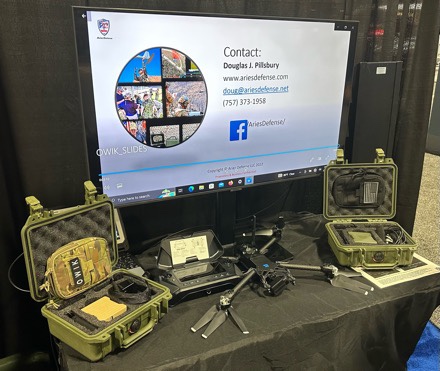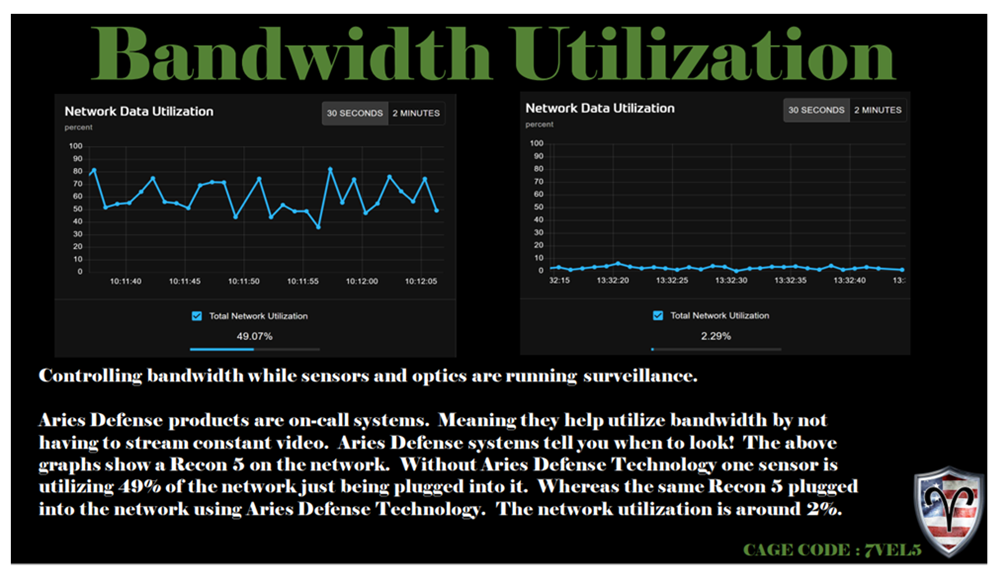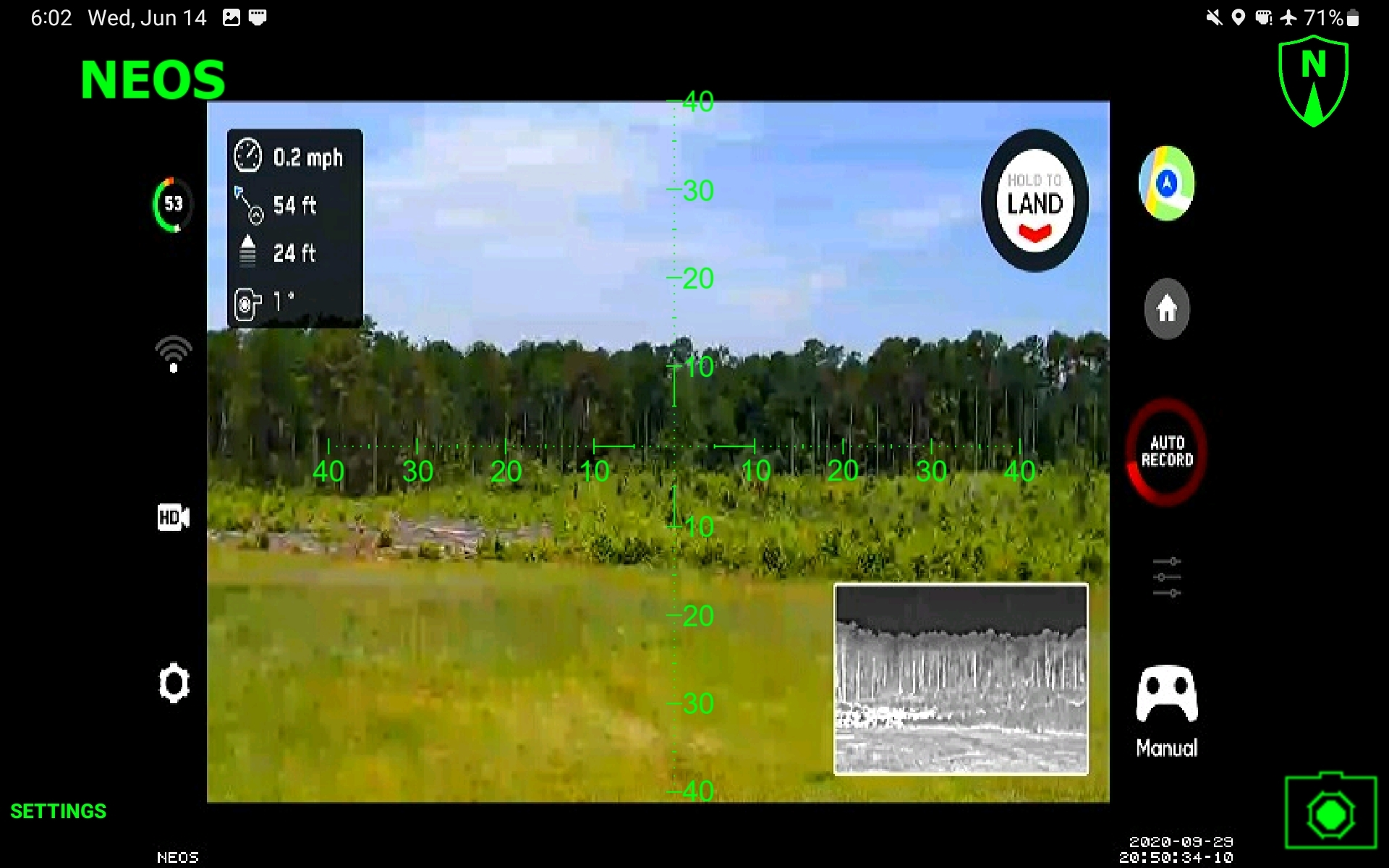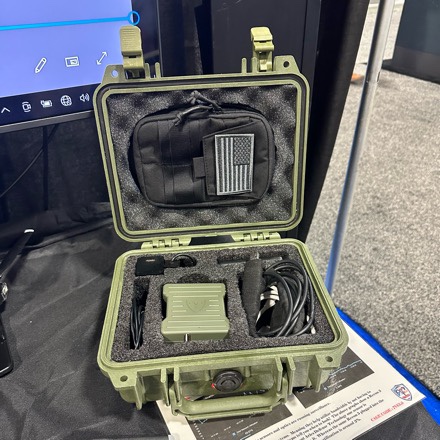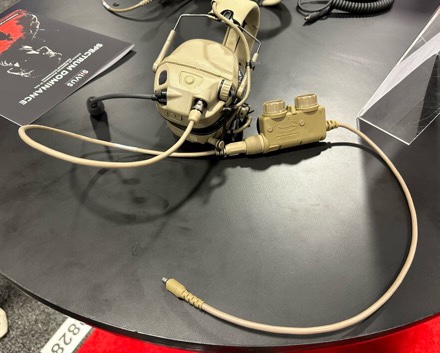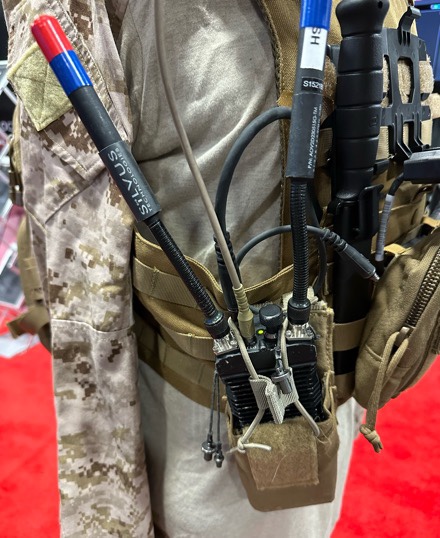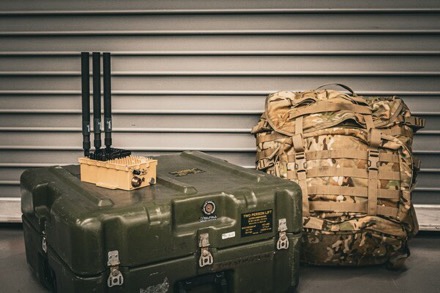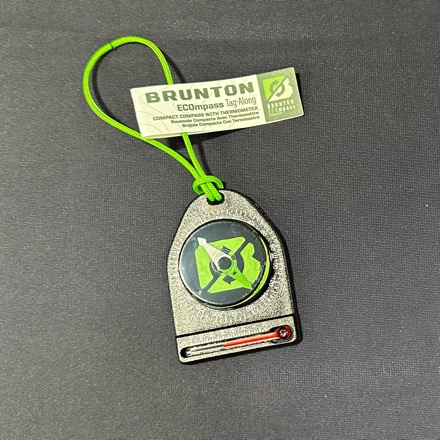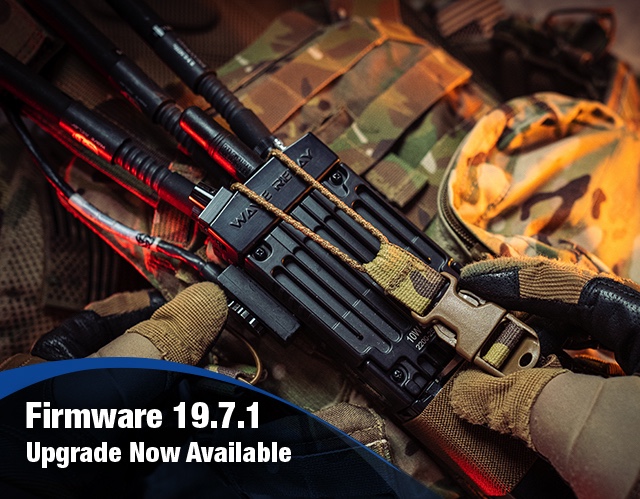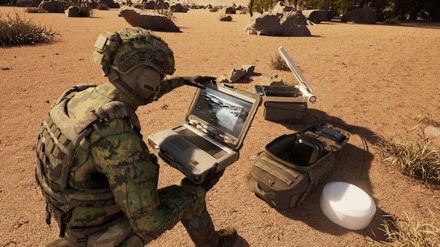UK’s Ministry of Defence’s Future Commando Force program transforming Royal Marines into forward-deployed special operations force using new sensors, unmanned systems, and mobile ad hoc network
For Immediate Release
NEW YORK, N.Y.—May 11, 2023—Persistent Systems, LLC (“Persistent”) a leader in mobile ad hoc networking (MANET), announced today that it has so far received orders to supply over 1,000 MPU5 handheld networking radios to the UK Royal Marines in support of their transformative Future Commando Force program.
“The network is the foundation on which future technologies will be deployed,” said Eve Shapiro, Director of Business Development, International Team, at Persistent Systems. “Our MPU5’s will transport data from sensors and unmanned systems enabling small agile commando teams to exert a disproportionally large effect on the battlefield.”
The Android-loaded MPU5 runs the Wave Relay® MANET algorithm, enabling seamless and robust peer-to-peer sharing of voice, video, text, GPS location, and sensor data without requiring vulnerable base stations or external communications infrastructure, speeding up the tempo of military operations.
“This is key in light of the objectives set forth by the Future Commando Force program,” Shapiro said.
These restructured Royal Marines will serve in two new Littoral Response Groups (LRGs) and are busy taking on new equipment to reflect that role.
This gear includes new helmet cameras, hand-thrown unmanned aircraft and ground systems, rotary-wing drones for ISR and resupply, and MPU5s to provide the MANET that connects the troops, equipment, and command. Indeed, for the past few years, the Royal Marines have been experimenting with Persistent’s Wave Relay® MANET:
• The Royal Marines used MPU5s to great effect during the Green Dagger exercise, held in the Mojave Desert. During that exercise, the Royal Marines of the newly formed LRG (South) were part of a U.S. Marine force that performed well in multi-national wargames.
• And last December, the Royal Marines likewise used MPU5s during Musandam Fort, in Oman. According to the Royal Navy, “it was a test of new communications equipment—which are designed to create powerful, secure networks anywhere in the world.”
Delivery, training, and customer support to the Royal Marines will be provided by Steatite Ltd., Persistent’s UK based partner. Deliveries are already underway and will continue throughout 2023.
Persistent Systems officials say that they expect to see more purchases from the UK military and the wider European market. “When people see what you can do with an MPU5 MANET device, and what missions you can support, there will be increased demand for the technology,” Shapiro said.
